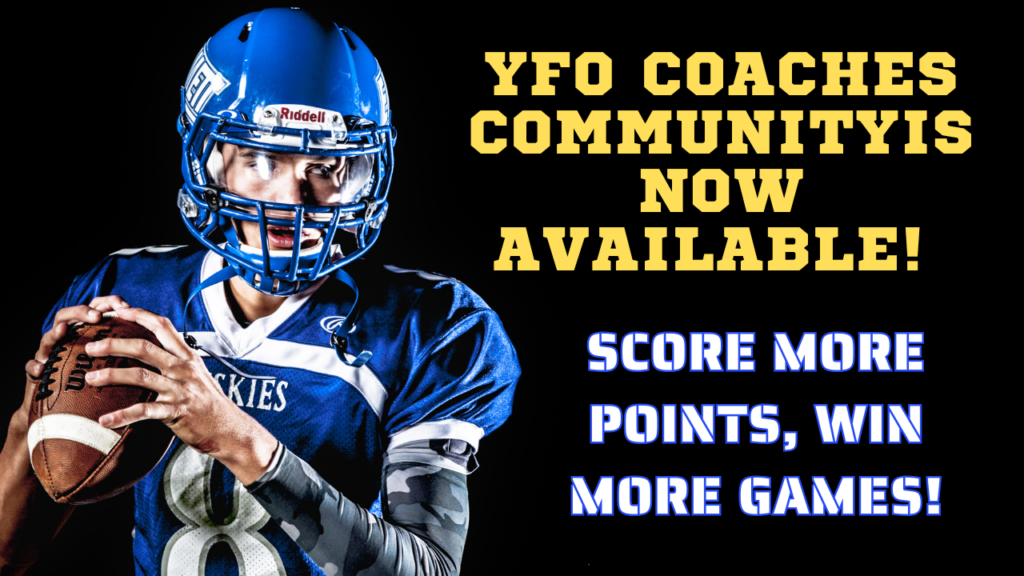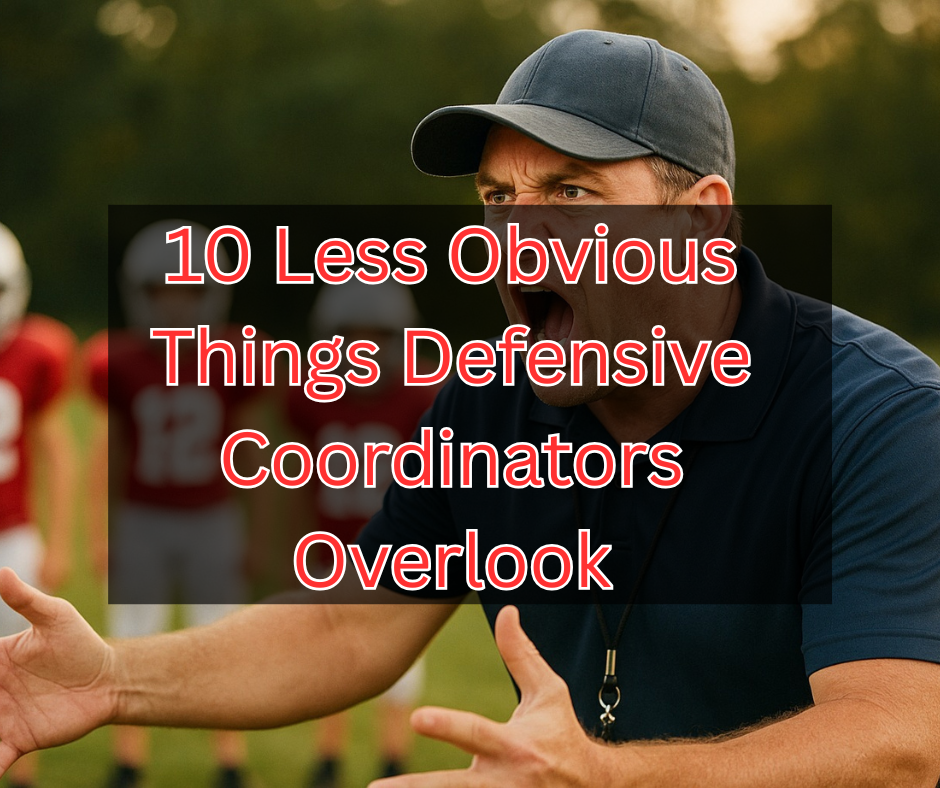Get the Details: USA Football Proposed Rule Changes
There has been much confusion on USA Football’s new rule changes set to be tested in 2017. Reputable online news organizations have given vague and misleading descriptions of what the test program is all about. Coaches have questioned if this is a move toward the end of 11 vs. 11
We went straight to the source and received a breakdown of what the rule changes test.
From USA Football’s Senior Manager, Education, Joe Frollo-
Rookie Tackle General Overview:
USA Football in 2017 is developing and testing a new small-sided tackle football game called Rookie Tackle. The game is designed to enhance and strengthen player development, create an additional entry point for younger players and serve as a bridge between flag football and 11-on-11 full-field tackle while maximizing player experience and fundamental skill progression.
Points:
- Rookie Tackle is an innovative pilot game created and led by USA Football to serve as a bridge between flag football and 11-person tackle football to enhance player experience and development. It also can be used as an entry point for new players before advancing to the 11-on-11 tackle game.
- There is no intention of eliminating 11-person tackle. Players move along a pathway from Rookie Tackle into 11-person tackle.
- Like coach pitch for baseball or 3-on-3 for youth soccer and hockey, the smaller field and limited player numbers are designed to fit the right age, right stage of the players.
- The initial steps are to support and promote long-term athlete development and participation in the sport, increasing physical activity and skill development.
- The rookie tackle game is still in its developmental stages and will undergo evaluation after the 2017 season.
- USA Football will obtain feedback from players, parents, coaches and administrators along with the collection of other qualitative research and additional data points to determine how to best move forward in 2018 and beyond.
- No formal rule recommendations will be made nationwide in 2017. Among the game elements we are testing in 2017:
- Either six, seven or eight players on each side. Rule books designed for each are available to pilot leagues to test based on demographics, registration, coach availability and other factors.
- A smaller playing field measuring 40 yards plus the end zone by 35 yards in width.
- Limiting roster sizes to twice the number of players on the field. For example, a 7-on-7 league sets a maximum of 14 players so that all players on the bench rotate into the game at the end of each series. This also provides the opportunity for better player-to-coach ratios.
- Giving these young players the opportunity to play all positions, including line and traditional skill positions. Nobody can predict where how a young athlete will develop physically and offers the opportunity for all players to learn more skills.
- Within the position rotation, coaches should work collectively to set balanced matchups between players of similar size, temperament and skill. Coaches will not strive to exploit favorable matchups in key situations.
- The elimination of special teams. We have found that special teams at the earliest ages often do not add value to the youth experience and can slow the game down.
- There are to two coaches on the field from each team in order to call plays and align players correctly. Coaches cannot issue any verbal or non-verbal instruction once the huddle is broken other than to direct players to their correct spots on the field.
Coaches, what are your thoughts on this pilot program?











